
Coffee, Code, and Co-Living:
Unpacking SF’s Startup Scene
Some live to work; others work to live. In startup homes, or hacker houses, entrepreneurs and startup founders live and work at the same time. Startup residencies house tech enthusiasts who may be searching for co-developers or getting their ideas off the ground.
What happens within these walls?
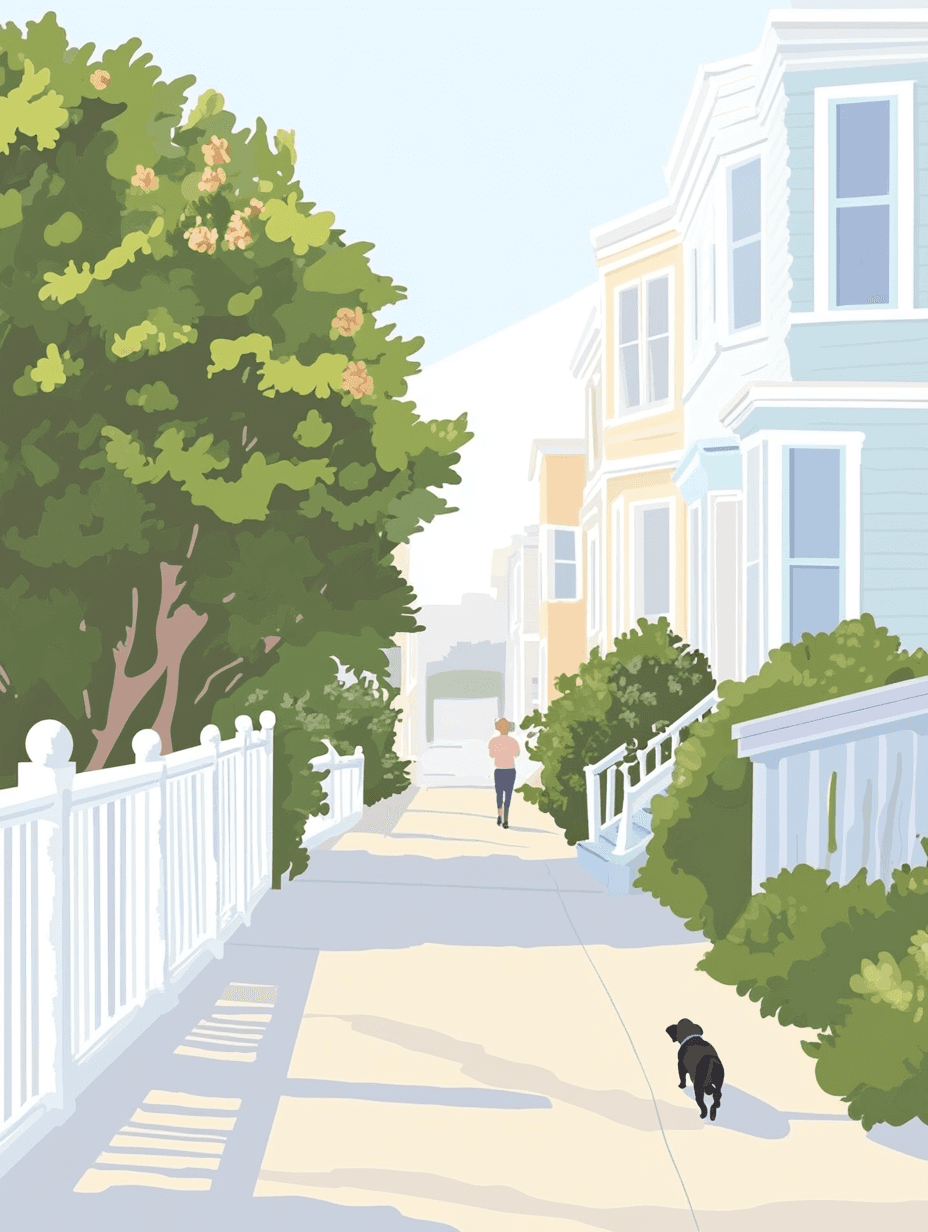
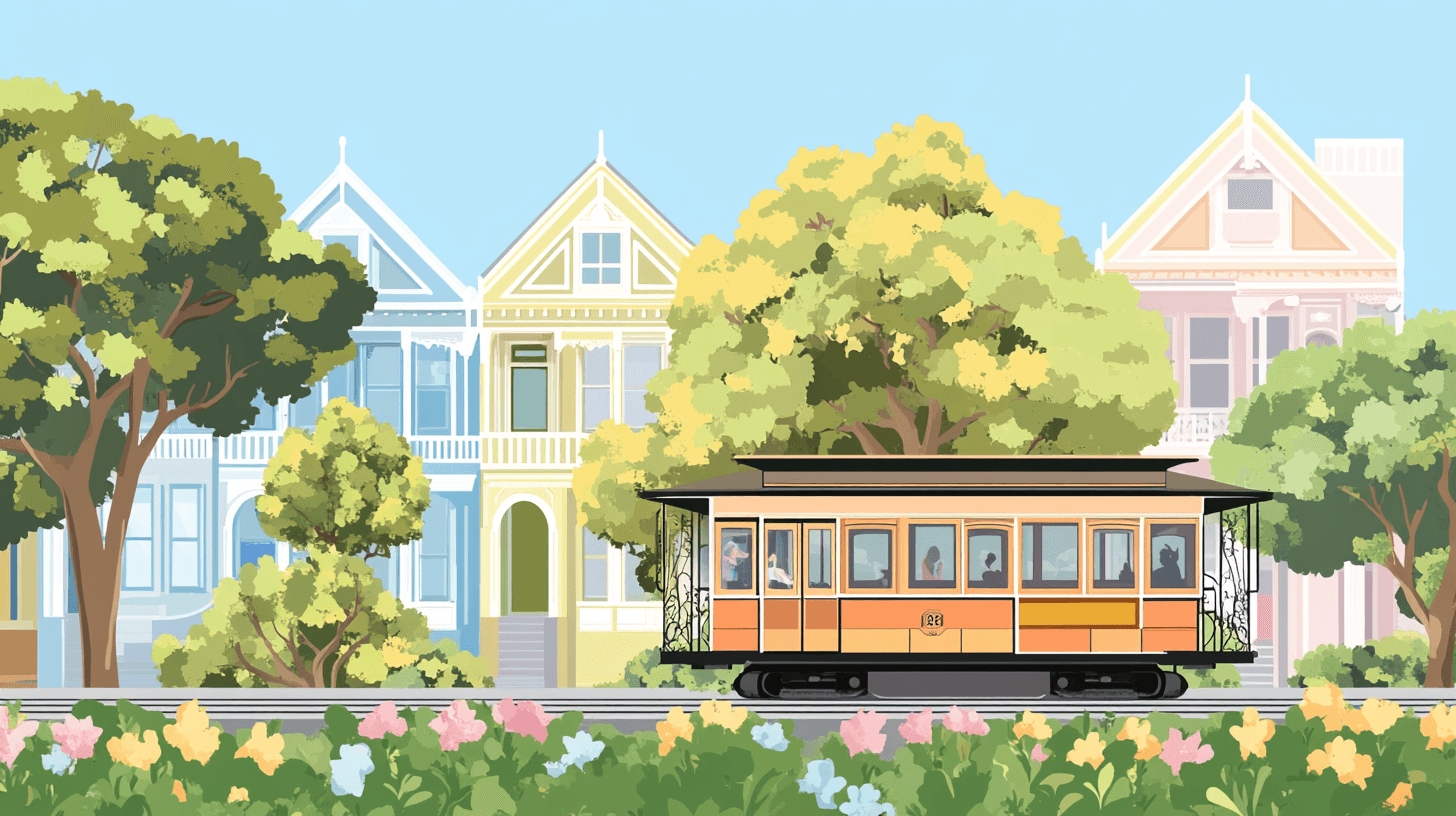
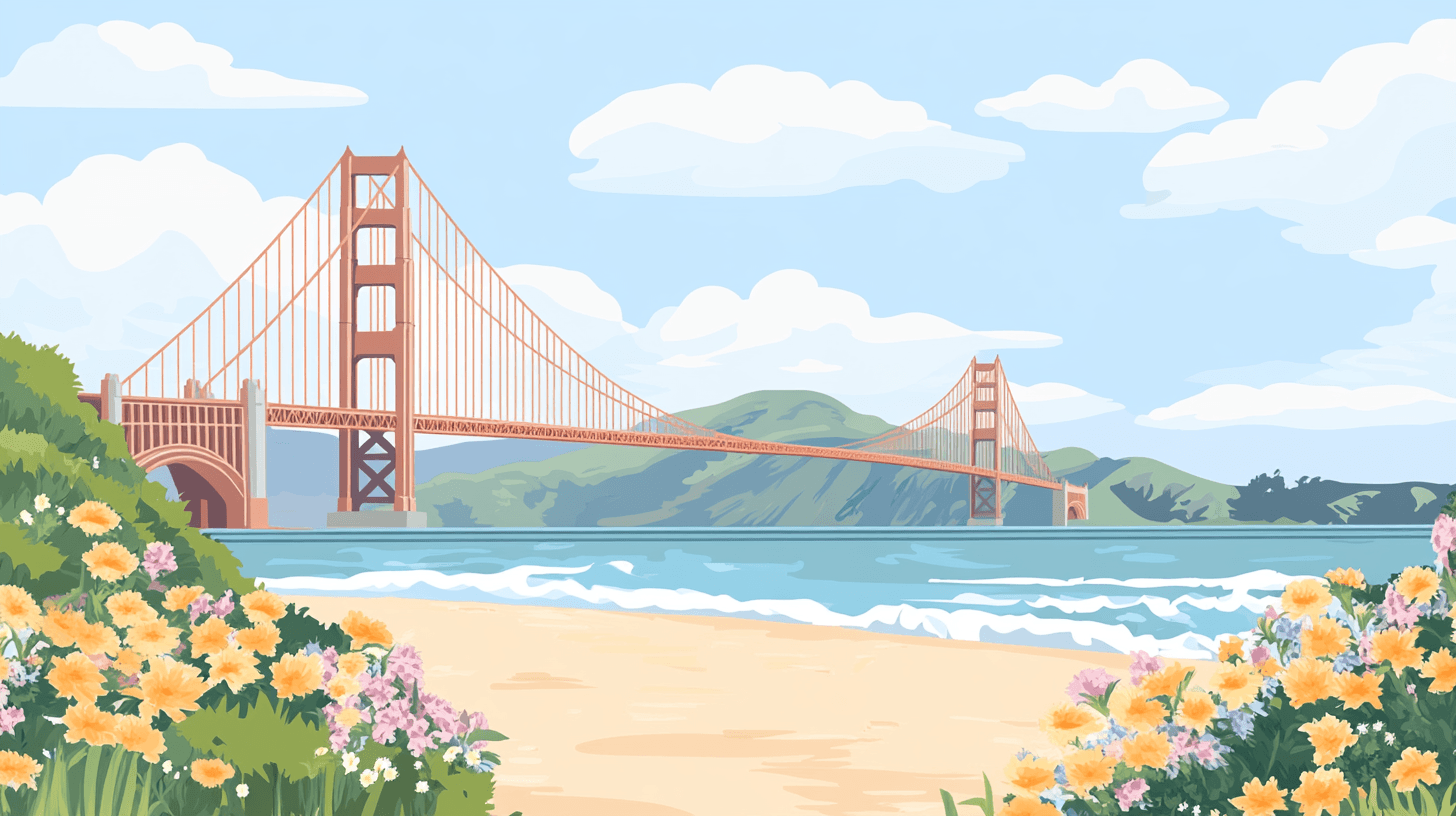
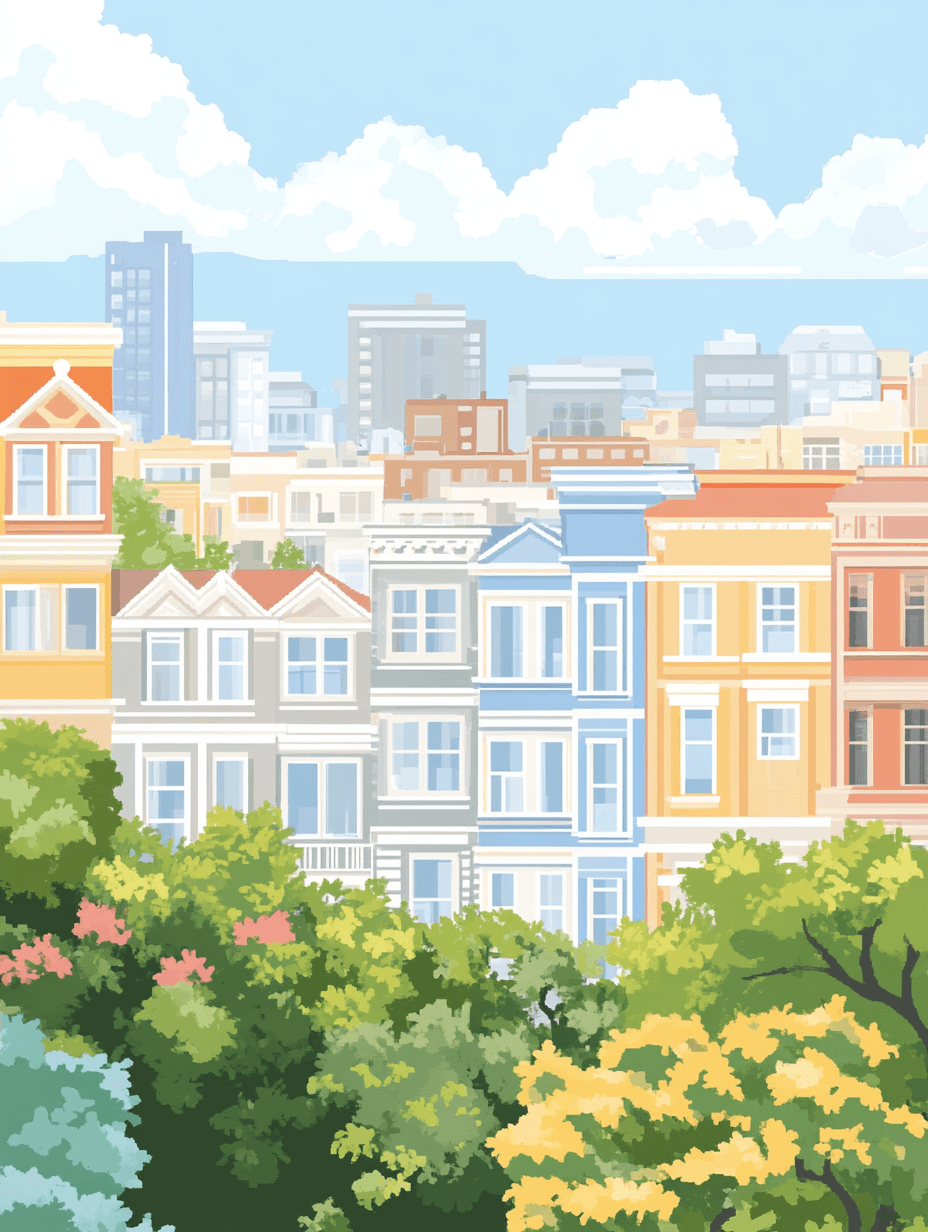
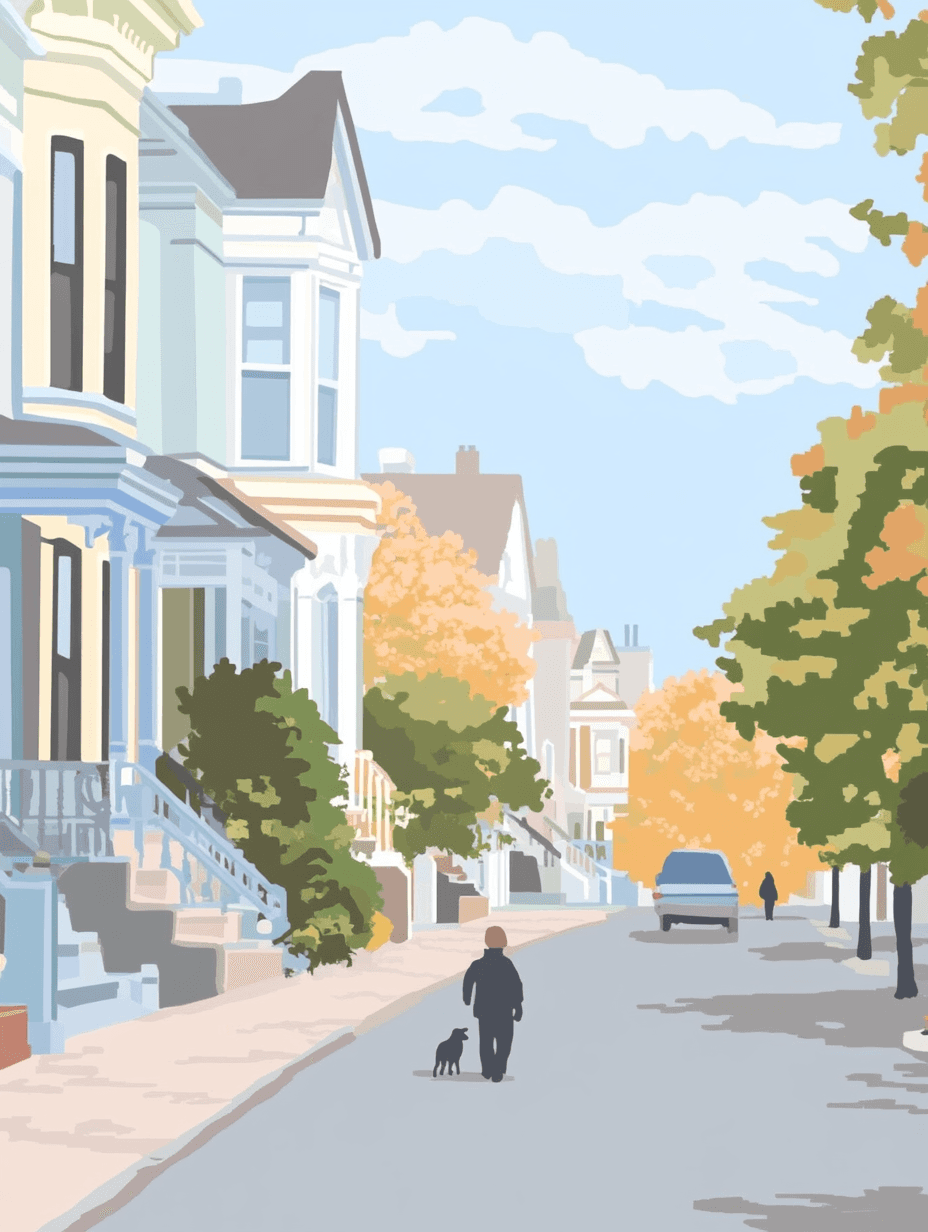

The San Francisco Bay Area attracts 36% of all venture capital investments in the U.S. and is home to over 15,000 startup tech companies.
Startup homes play a key role in this ecosystem. They have been the birthplaces of successful companies like Crossmint and KreaAI, which were started in the HF0 residence, and DataSift and Kaggle, of Founders Den. But they are more than a hub of innovation — they are home to community — a stark difference from the Silicon Valley startup culture.
Step into SF Parc, a startup home established in July of 2024 by Nick Linck. After graduating from the University of Michigan, he founded The Residency in 2022. Since then, it has expanded to nine startup homes worldwide. Here, “college meets accelerator.”
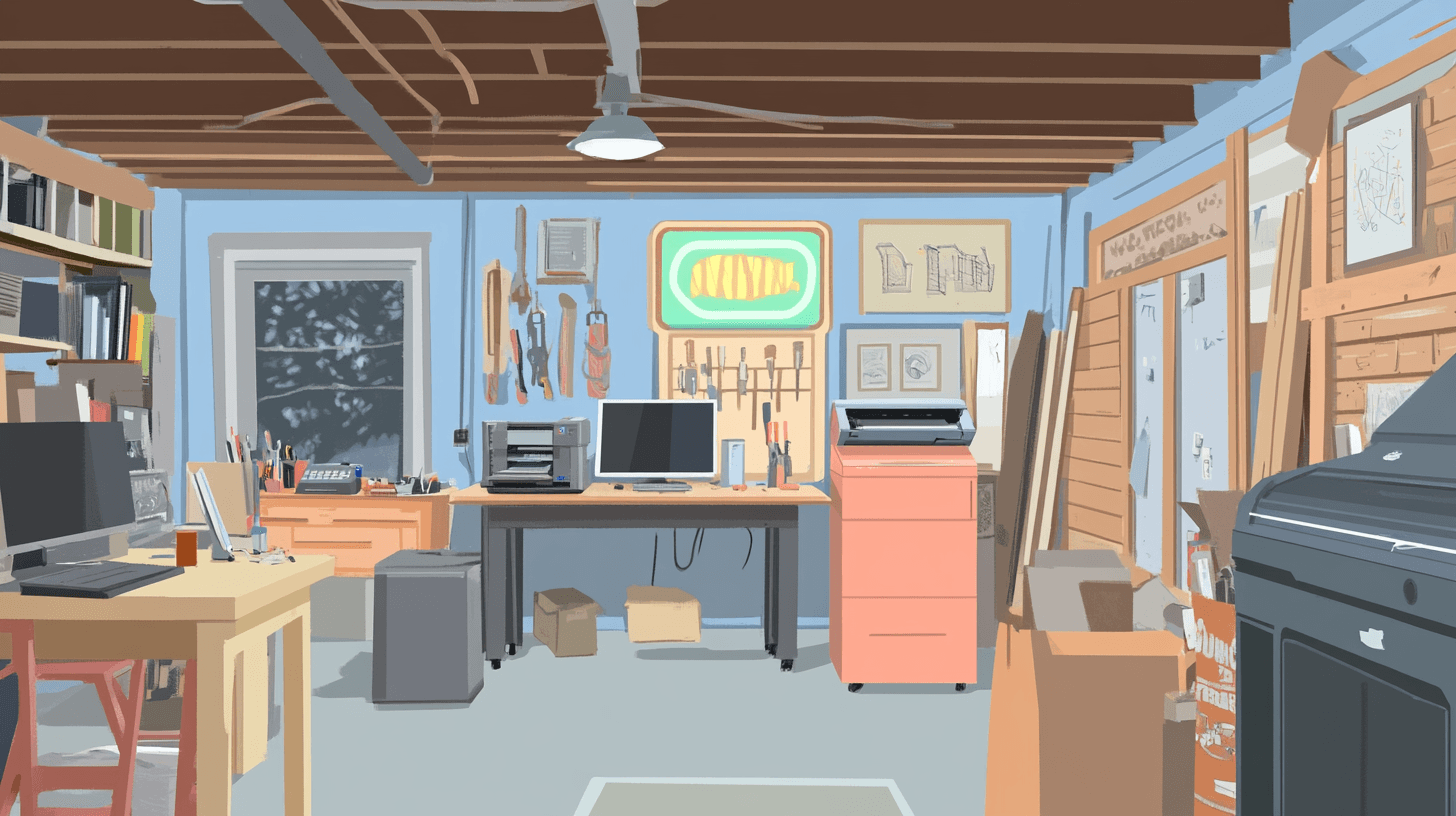
“You have the startup ecosystem in Silicon Valley, but it’s sterile and lacks community. The Residency is a home for people looking for community … it’s an open network for creative technologies and people doing all different things,” said 23-year-old Mackay Grant. He is the community architect responsible for creating a welcoming social environment in the house.
According to a study in 2020 by Junior Achievement USA, 66 percent of teens between the ages of 13 and 17 said they were "likely" to consider starting a business or becoming an entrepreneur. But 51 percent said they would need more information on what it would take to be successful, and 38 percent said they would need friends with similar interests.
Startup homes offer a robust program that pairs each resident with a coach to provide support and foster a welcoming community within each space. From undergraduate students to established industry professionals looking for a change of pace, startup houses are home to entrepreneurs of many backgrounds.
Let Chrisopher Arraya, a resident of SF Parc, give a tour of the place!

"We have quiet hours where we keep this a silent space, but other than that it’s collaborative."
"At 10 a.m. sharp, residents gather for a 10-minute check-in — known as standup — on project progress. If members don’t accomplish what they set out to do, they have to toss a few dollars into the “shame fund” to finance household necessities like a new vacuum."
"We play games to unwind. We’ve recently gotten really into chess!"
“I know people that are all over the spectrum. Some that do have companies, some that don’t, some that have revenue, some that don’t,” said Christopher Arraya.
Arraya joined SF Parc in 2024 without an idea for a startup, after taking a leave of absence from University of North Carolina. Since then, he has become involved in the AI real estate space and is now creating an end-to-end maintenance request system for residential buildings.

"This is a robot someone made that checks if you washed your dishes. Another startup home has something similar but it takes photos of you and your dirty dishes and tweets it."
Fellow, a coffee machine-making brand, gifted SF Parc this machine. It’s put to good use every night. “When I come down here at 3 in the morning, most people are still working."
The SF Parc startup house helped Arraya and others along the way, offering networking opportunities and spaces for collaboration. “We host fireside chats and dinners where we invite tech luminaries to offer their insights. We try to prevent burnout by making everything flexible” said Grant.
Even the most intimate spaces — kitchens, living rooms, bedrooms — hum with the sounds of laptop keyboards and business conversations. “When you live and work with a lot of doers, you get more stuff done,” said Grant.
Let Arraya show you around the second floor.

“I was working 110 hour weeks in Arcadia (Berkley Residency), so I didn’t talk to anyone, I was kind of just locked in my room all day. Now I’m working 80 hour weeks, so that’s better, and I can actually talk to people. I’m almost always working in my room or a coffee shop."
"Oh, yeah, there’s someone living in there.” Another startup founder is living in the small room attached to his own.
"These were here when I moved in.” Arraya thought the bright neon signs on his wall matched the futuristic styled interior design of the house, highlighted with geometric shapes and bright colors.
The house is currently at capacity with 12 residents, but when a room opens up, Ryland Pozniak Daniels, 23, is looking to join The Residency. He launched ARLingo in December of 2024, an app that helps users learn new languages through virtual reality.
“I’m interested in joining a San Francisco startup house for the fast-paced and indie-hacker environment,” Daniels said. He is looking for a potential partner who shares his passions for VR and building worlds to explore. “Most of my friends took corporate tech jobs. I want to do my own thing — my own startup. That’s my impetus for coming to Silicon Valley. That’s the way that someone like me can make a difference.”
Daniels shares sentiments with Nick Linck, founder of The Residency and its San Francisco location, SF Parc. “I have a ton of ideas I want to exist in the world,” Linck said.
Linck used to work on five startups at once, but found it unsustainable. The Residency was one of his ideas that enabled people to realize more ideas in a social environment.
“The main reason people go to college is the social experience,” he said. “So let’s recreate that experience but let people do their own thing, their own startups or ideas.”
SF Parc has a waitlist of over 300 people, so it’s likely to be around for a while. Grant and Linck aim to expand the model while maintaining a sense of community.
“There’s no ideal persona for a startup house, just someone who is curious. We need to focus on community, continue to value authenticity, and encourage people to be themselves,” Grant said.

Although the pandemic stalled the growth of the tech industry — and the Bay Area’s economy overall — the newer AI startup scene shows promise for development. AI startups have leased an additional 3.9 million square feet of downtown San Francisco office space since 2019, according to a 2024 study by CRE Daily.
Could this expansion extend to startup houses? Grant hopes so. “Eventually I see this as a way to fund other hacker houses around the globe.”